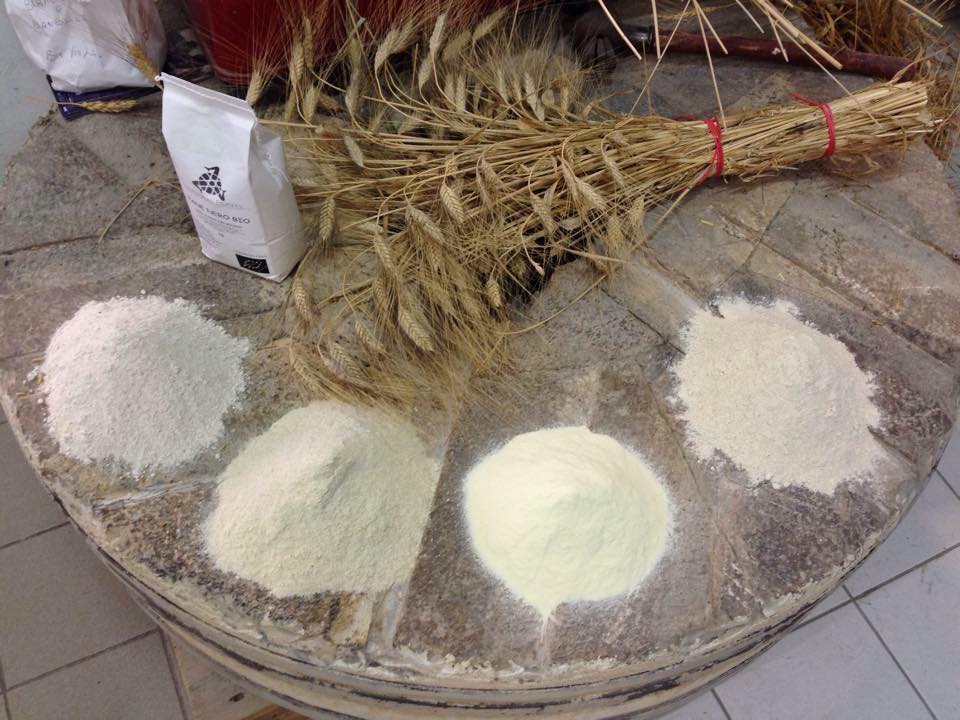When Mark Bittman teams up with Melissa McCart to investigate the world of whole wheat, we just watch in awe. It is a complex topic, full of technical words and controversial opinions. But Bittman and McCart, with the help of local grain experts at Community Grains and Dr. David Killilea, the biochemist studying commercial whole wheat with Michael Pollan, succeed in making a clear point:
“we should eat more whole grain. The recent 2020 Dietary Guidelines for Americans strongly recommend that all Americans make half or more of their grains whole grains.”
At Gustiamo we’ve been singing the praises of the whole wheat for quite a while now. But there’s more.
“This is especially true in the Covid era: Whole wheat contains germ and bran that boost our immune system with nutrients like selenium and zinc. […] «Why not eat something that has four times the amount of zinc as the same product made with only white flour?» says Dr. David Killilea. While zinc isn’t a magic cure in warding off disease, studies show it can help. And zinc-times-four is only present in true whole wheat that hasn’t been roller milled, which leaves out most of what’s on grocery store shelves.”
TRUE whole wheat? Isn’t all whole wheat produced using stone mills like Castelvetrano flour milled in Sicily by Molini del Ponte? Not really.
“Roller mills now produce a majority of the flour in the United States –which means the nutritious germ and bran are left behind, so that even ‘whole wheat’ flour becomes, essentially, refined white flour. To get the ‘whole wheat-looking’ flour on grocery shelves, some of the bran is added back in. But to call this ‘whole wheat’ is a joke.”
Finally researchers and food experts are on the same side about this.
“The process of roller milling, which began in the mid-19th century, led to separating wheat components and the dominance of white flour, which is supremely shelf-stable (it’s the germ that can go rancid), bland, and nutritionally bereft (which is why it’s often ‘fortified’ or ‘enriched’).”
That’s exactly why Filippo Drago of Molini del Ponte calls his flours “grain juices”, because they don’t have anything added or taken away. And you can absolutely taste the difference.
Read the full article about True Whole Wheat by Mark Bittman and Melissa McCart on Heated.
